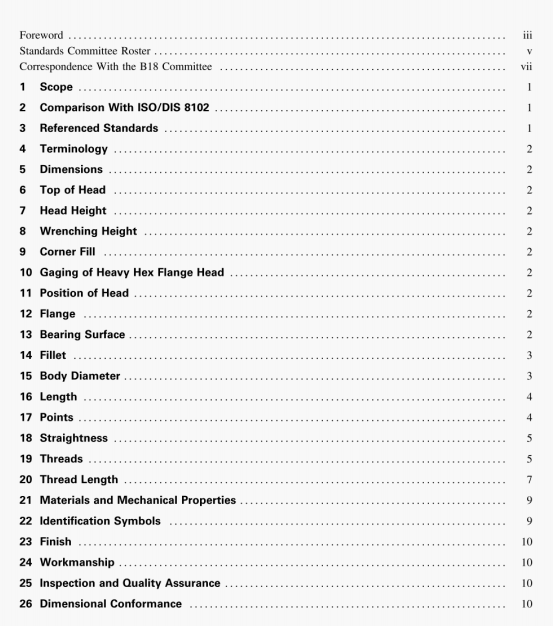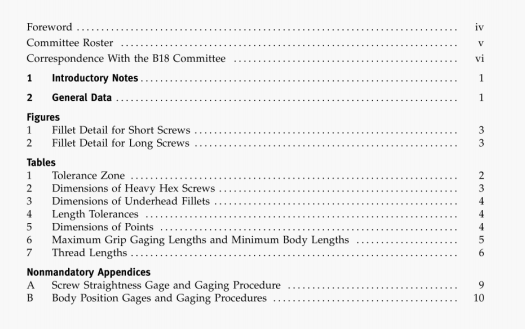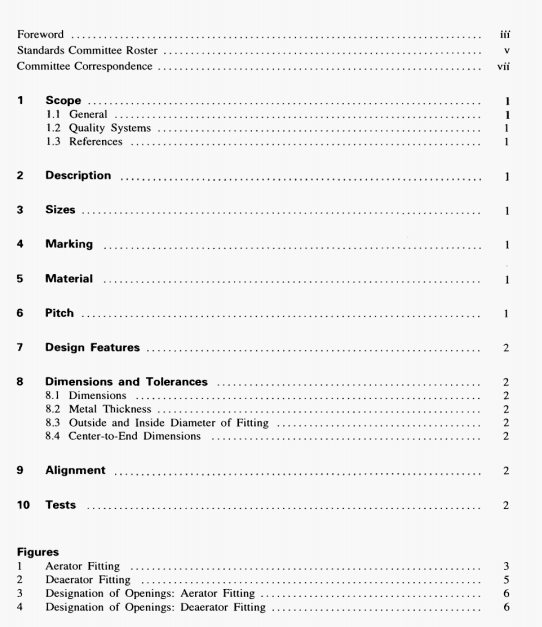Abstract: ASME HST-4:2021 pdf download.Performance Standard for Overhead Electricwire Rope Hoists. (c) Randomly Distributed Loads. ‘Randomly distributed’ implies that loads applied to the hoist are assumed to be evenly distributed within the rate...
ASME HST-4:2021 pdf download.Performance Standard for Overhead Electricwire Rope Hoists.
(c) Randomly Distributed Loads. ‘Randomly distributed’ implies that loads applied to the hoist are assumed to be evenly
distributed within the rated load of the hoist in decreasing steps of 20% of the previous load value. Random loads are therefore
considered as 100%, 80%. 64%, 51%. 41%, 33%. 26%, etc. of rated load.
Operation with random loads is considered on an equal time basis for the operating time remaining after accounting for the time the hoist Is operating at no load and raed load. Randomly distributed loads will result in a mean effective load factor of 0.65.
SECTION 4-1.3: APPLICATION ANALYSIS
4-1.3.1 GeneraL
(a) II the operation consists of lowering loads over long distances of more than SOft (15 m). the mechanical load brake heat
dissipation capability (overheating) may become a factor. Consult manufacturer with particulars.
(b Motor heatlnggenerated by the number o(starts Is not appreciably affected by the load on the hook, and therefore the limits
imposed by Columns 3 through 6 In Table 4-1.2.3.1 are applicable to the motor regardless of the load being handled.
4-1.3.2 Fundamental AppLication Analysis
It is not necessary to perform a detailed application analysis or calculate the mean effective load factor if all of the following conditions are met:
(a) The hoist is operating at no load during one-half of its operating time (load probability equals 0.5).
(b) The hoist is operating with rated load for a period of time not exceeding 20% of Its operating time (load probability equal to or less than 0.2).
(c) Other loads applied to the hoist during the remainder of its operating time are randomly distributed.
Recommended:
ASME A112.1.2:2012 pdf download ASME 14414:2015 pdf download ASME 30.9:2021 pdf download ASME Y14.1-2020 pdf download



